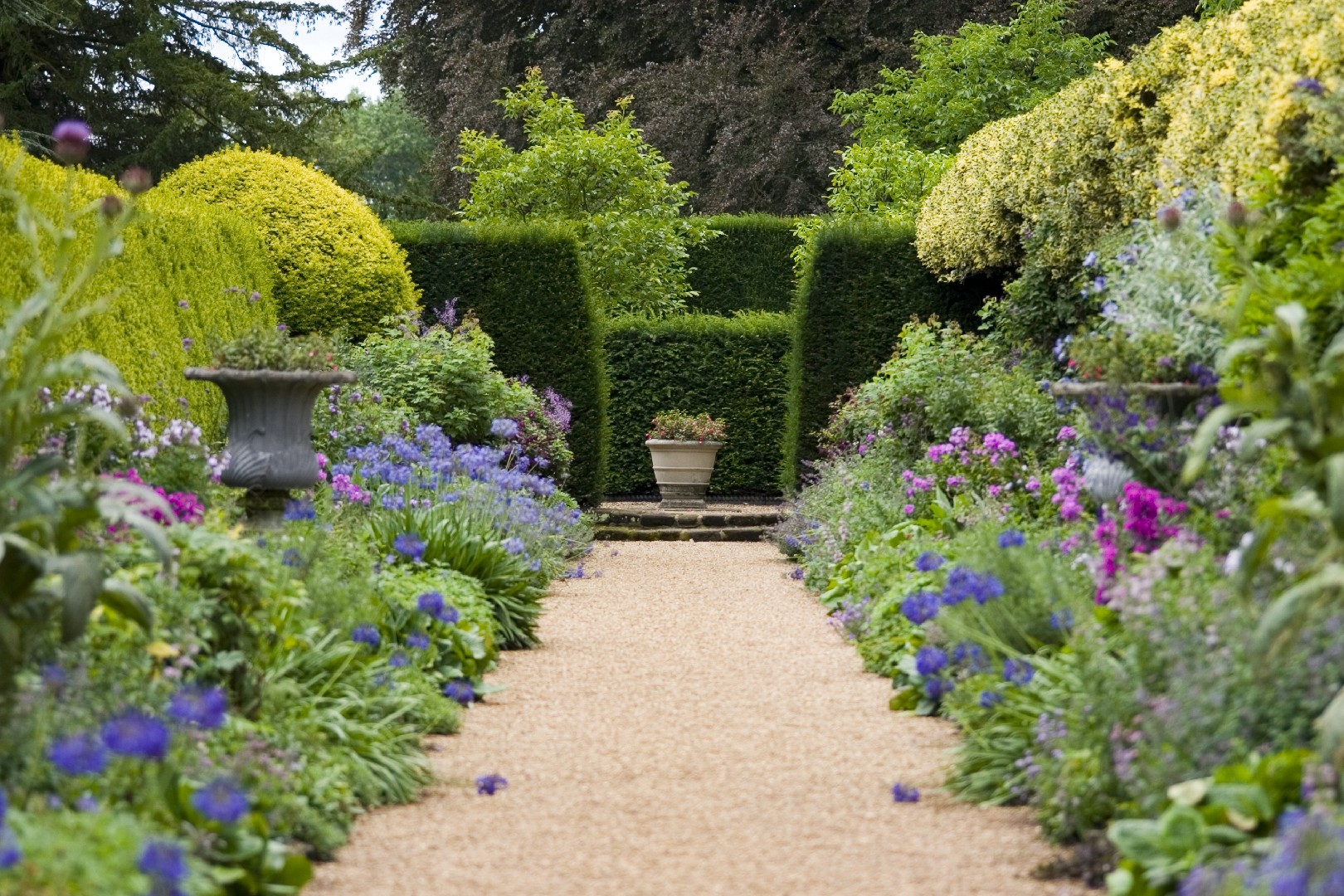![Rectangle]()
Utilizing Native Plants and Sustainable Practices
When it comes to creating a stunning landscape design on a budget, one of the most effective strategies is to utilize native plants and adopt sustainable practices. Not only are native plants low maintenance and adaptable to their natural environment, but they also provide several benefits for both your garden and the wider ecosystem.
One of the key advantages of using native plants is that they require minimal maintenance. These plants have evolved to thrive in their specific region, which means they are well-suited to the local soil, climate, and rainfall patterns. As a result, they are more resistant to pests, diseases, and drought, reducing the need for chemical pesticides, herbicides, and excessive watering. This not only saves you time but also reduces the overall maintenance costs of your garden.
Moreover, native plants contribute to the overall health and biodiversity of your garden. They provide food and habitat for native birds, butterflies, and other wildlife, creating a thriving ecosystem. By planting a variety of native species, you can attract beneficial insects that help control pests and pollinate your garden. This natural pest control minimizes the use of harmful chemicals, making your garden safer for you, your family, and the environment.
In addition to utilizing native plants, incorporating sustainable practices into your gardening routine can further enhance the beauty and affordability of your landscape design. Composting is a fantastic way to reduce food waste and create nutrient-rich soil for your plants. By recycling organic materials, such as kitchen scraps, yard waste, and fallen leaves, you can produce your own compost that will nourish your garden and eliminate the need for expensive fertilizers.
Another sustainable practice to consider is rainwater harvesting. Instead of relying solely on municipal water sources, you can collect rainwater in barrels or cisterns and use it to water your plants. This not only reduces your water bill but also conserves water resources and reduces the strain on municipal infrastructure.
When selecting native plants for your garden, it's essential to choose species that are well-suited to your particular climate. Here are a few budget-friendly examples for various climates:
-
Coastal areas: Beach sunflower (Helianthus debilis), sea oats (Uniola paniculata), and coastal goldenbush (Ericameria nauseosa) are excellent choices for sandy and salty environments.
-
Arid regions: Desert marigold (Baileya multiradiata), purple sage (Salvia dorrii), and prickly pear cactus (Opuntia spp.) are drought-tolerant options that can thrive in hot and dry climates.
-
Northern climates: Wild columbine (Aquilegia canadensis), black-eyed susan (Rudbeckia hirta), and butterfly weed (Asclepias tuberosa) are hardy perennials that can withstand cold winters.
By incorporating native plants and sustainable practices into your landscape design, you can create a beautiful and thriving garden without breaking the bank. Not only will you save money on maintenance and resources, but you will also contribute to the preservation of native species and promote a healthier environment. So go ahead and embrace the practicality and sustainability of native plants - your garden and the planet will thank you for it.





